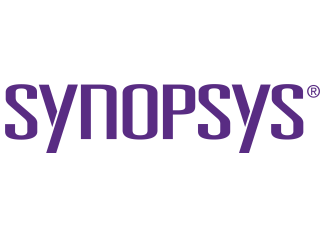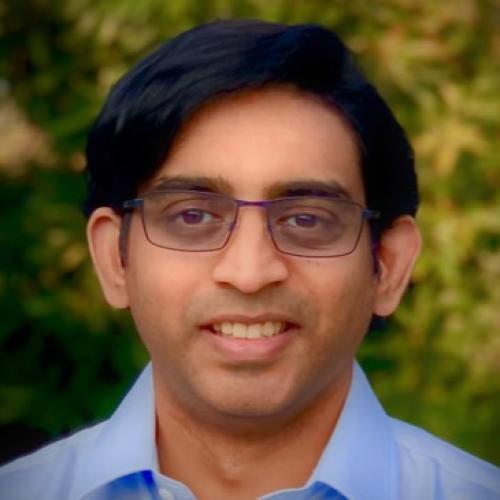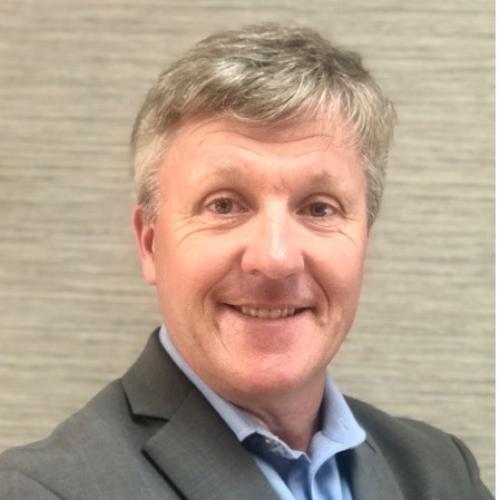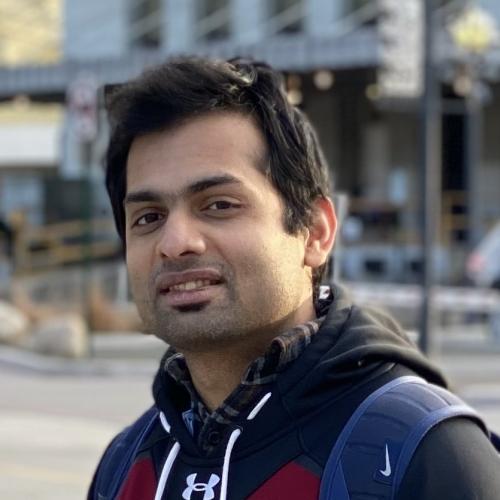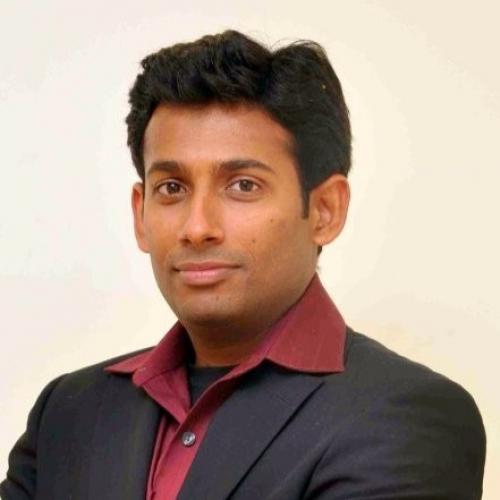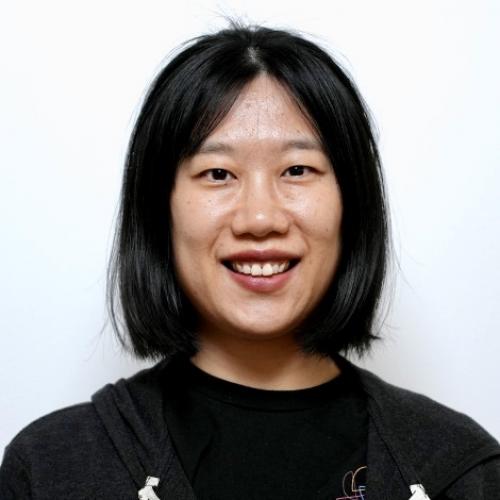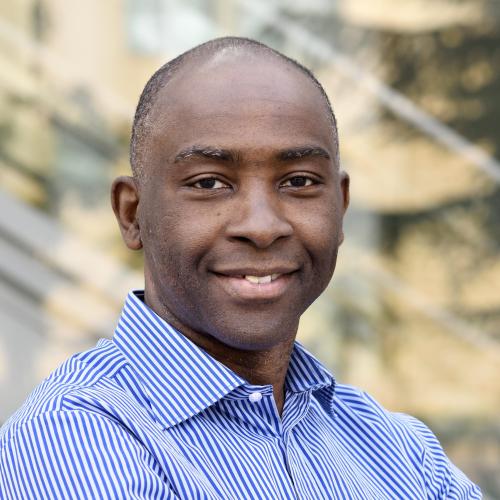
Kunle Olukotun
Kunle Olukotun is the Cadence Design Professor of Electrical Engineering and Computer Science at Stanford University. Olukotun is a renowned pioneer in multi-core processor design and the leader of the Stanford Hydra chip multiprocessor (CMP) research project.
Prior to SambaNova Systems, Olukotun founded Afara Websystems to develop high-throughput, low-power multi-core processors for server systems. The Afara multi-core processor, called Niagara, was acquired by Sun Microsystems and now powers Oracle’s SPARC-based servers.
Olukotun is the Director of the Pervasive Parallel Lab and a member of the Data Analytics for What’s Next (DAWN) Lab, developing infrastructure for usable machine learning.
Olukotun is an ACM Fellow and IEEE Fellow for contributions to multiprocessors on a chip and multi-threaded processor design. Olukotun recently won the prestigious IEEE Computer Society’s Harry H. Goode Memorial Award and was also elected to the National Academy of Engineering—one of the highest professional distinctions accorded to an engineer.
Kunle received his Ph.D. in Computer Engineering from The University of Michigan.

Rodrigo Liang
Rodrigo is CEO and co-founder of SambaNova Systems. Prior to joining SambaNova, Rodrigo was responsible for SPARC Processor and ASIC Development at Oracle. He led the engineering organization responsible for the design of state-of-the-art processors and ASIC's for Oracle's enterprise servers.
SambaNova
Website: www.sambanovasystems.com
We are a computing startup focused on building the industry’s most advanced systems platform to run AI applications from the datacenter to the edge.










